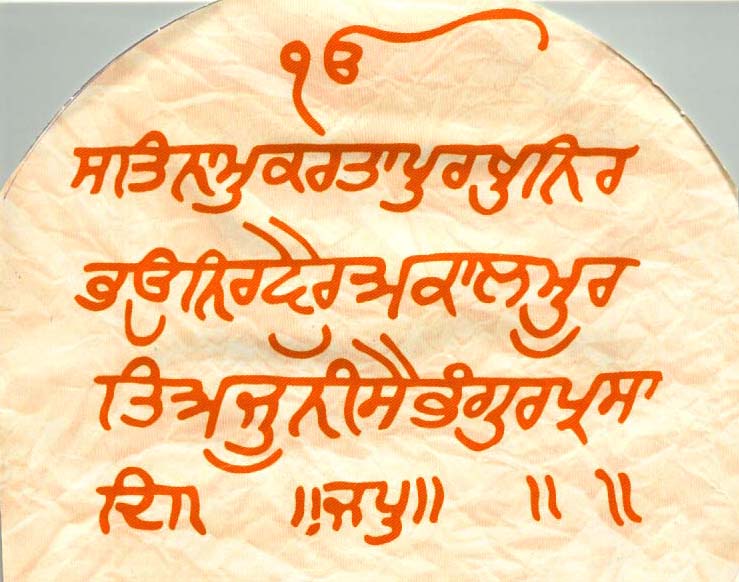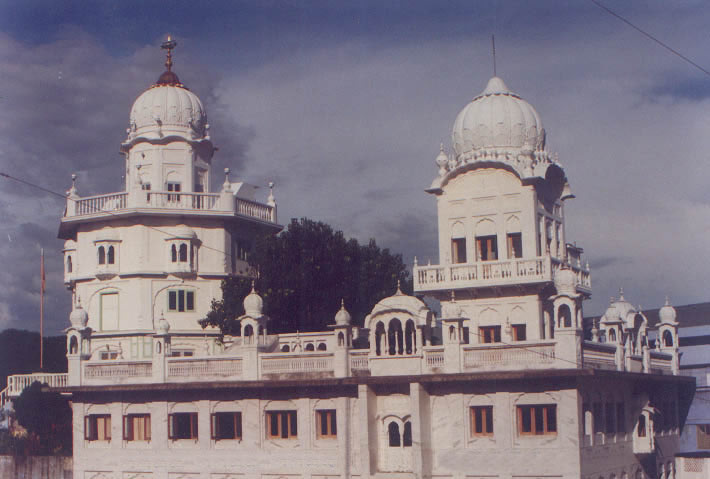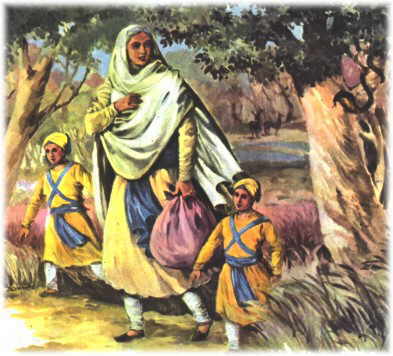Main Page
Welcome to SikhiWiki,a free Sikh Encyclopedia that anyone can edit.
|
| Tuesday October 14, 2025 |
Gurdwara Sri Guru Tegh Bahadur Sahib - This famous Gurudwara is situated in the heart of the Dhubri Town on the bank of the mighty Brahmaputra river in far north-west India. Guru Nanak the first Sikh Guru visited this place in 1505 and met Srimanta Sankardeva (the founder of the Mahapuruxiya Dharma) as the Guru travelled from Dhaka to Assam. This historic shrine, Sri Gurdwara Guru Tegh Bahadur or Damdama Sahib at Dhubri in Assam was built in memory of the visit of Guru Nanak. Hence it has great importance for Sikh community. Guru Tegh Bahadur established this Gurdwara during his 17th century visit to the area. Sikh devotees from all over India and the world assemble in this Gurdwara every year in the month of December to mark the martyrdom of Guru Tegh Bahadur with due solemnity and ceremony. Sikh devotees call this festival Sahidee Guru Parav. It was during his stay in Dhubri, that the ninth Guru received the news that a son was born to him at Patna. .....More On 28 November every year, the Sikhs celebrate the birthday of the third son of Guru Gobind Singh, Sahibzada Zorawar Singh (28 November 1696 - 26 December 1705). He was born to Mata Jito ji (also known as Mata Sundari ji) at Anandpur on this sacred day in 1696 and was barely nine years old at the time of the evacuation of Anandpur on the night of 5-6 December 1705. Since the death of his mother, Mata Jito, on 5 December 1700, his grandmother Mata Gujari who had been especially attached to young Zorawar Singh and his infant brother, Fateh Singh took charge of both of them as the column moved out of Anandpur. While crossing on horseback the rivulet Sirsa, then in flood, the three were separated from Guru Gobind Singh and the main party of Sikhs. .....More |
| |||||||||
 Mool Mantar is the most important composition contained within the Sri Guru Granth Sahib; it is the basis of Sikhism. It’s importance is emphasised by the fact that it is the first composition to appear in the holy Granth and that it appears before the commencement of most of the Raag section within this sacred volume. Original Gurmukhi Text:
The succeeding bani called the Japji Sahib and the rest of the sacred Granth totalling 1430 pages, are efforts to explain that which is contained within the Mool Mantar. .....More | ||||||||||
|
| ||||||||||
Template:2025/10 Template:2025
| Popular Articles on Sikhi Wiki |
|
Mool Mantar | Japji | Sikhism | Dasam Granth | Kirtan | Beliefs | Bani | Gurus | SGGS | Bhai Manjh | Vegetarianism | Bhagat Sain | Bhagat Dhanna | Today | Blogs |



